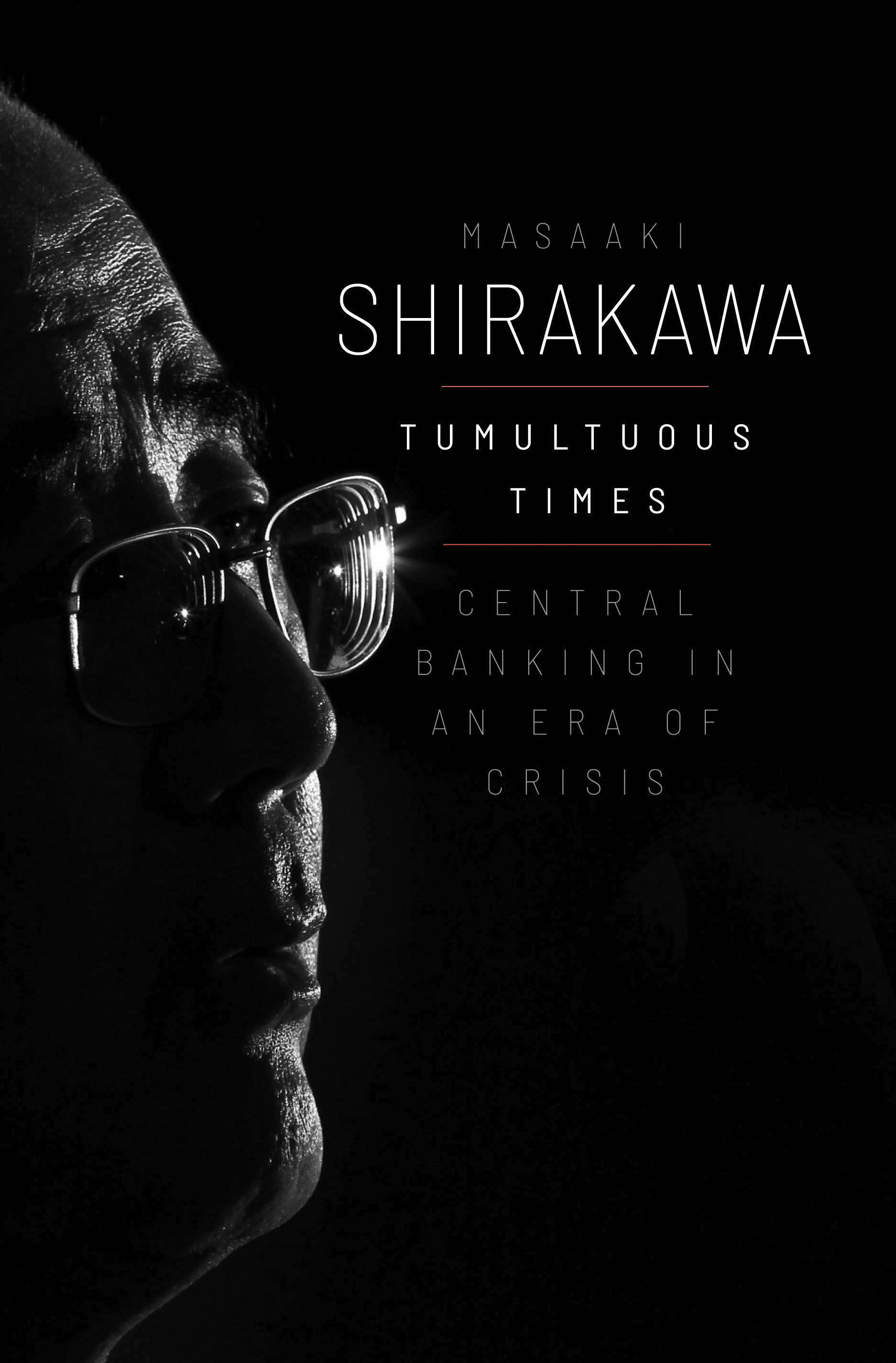Tumultuous Times: Central Banking in an Era of Crisis
Masaaki Shirakawa
Yale University Press,
New Haven, CT, 2021, 536 pp., $40.00

Masaaki Shirakawa’s four decades at the Bank of Japan (BOJ), from 1972 to 2013, were shaped by varied, and often tough, economic circumstances. The post-war economic miracle faded, a bubble economy inflated and burst, and lost decades ensued. There were challenges from abroad, including the global financial crisis and the economic rise of China—in 2000, China’s economy was one-quarter the size of Japan’s, but by 2015 it was twice as big.
These developments, and others examined by former BOJ Governor Shirakawa, made for tumultuous times. Monetary policy has been constrained by limits on policy rates for a quarter century. The shadow of zero rates was already apparent by 1995. But since 1999, monetary policymaking in Japan has been dominated by the zero lower bound, forcing the BOJ to explore unconventional monetary policy instruments and expand its balance sheet. Japan provided an early guide for such policy initiatives later followed by many other advanced economy central banks.
Shirakawa provides an insider’s account of central bank policies and candidly recounts interactions within the government and Parliament. Two of the lengthiest chapters reflect the anxieties of a central bank governor operating in a highly political environment. A section titled “My last month in office” comes at the end of a chapter on the long and difficult process that led to a joint statement by the government and the BOJ. But one of the most powerful pearls of political insight in the book is hidden at the end of a chapter on demographics. There, the author acknowledges that the young Shirakawa overlooked the political and social relevance of demographics. The older Shirakawa realizes that, as the electorate ages, a gray hair democracy has emerged, making reform more difficult.
My favorite chapter is “What Should We Expect of the Central Bank?” Here Shirakawa examines the theory and practice of central banking, going beyond monetary policy. It argues that the first goal of the central bank is financial stability, even before price stability. This challenges the conventional view that price stability should be the primary goal of monetary policy.
The book is full of insightful information in short, self-contained chapters. If you are interested in learning about central banking in a country with a declining population, low growth, and low interest rates, then Tumultuous Times is indispensable reading.
Milton Friedman once wrote: “Monetary theory is like a Japanese garden. It has esthetic unity born of variety; an apparent simplicity that conceals a sophisticated reality; a surface view that dissolves in ever deeper perspectives.” The same can be said of Shirakawa’s thoughtful, multifaceted book.
Opinions expressed in articles and other materials are those of the authors; they do not necessarily reflect IMF policy.









